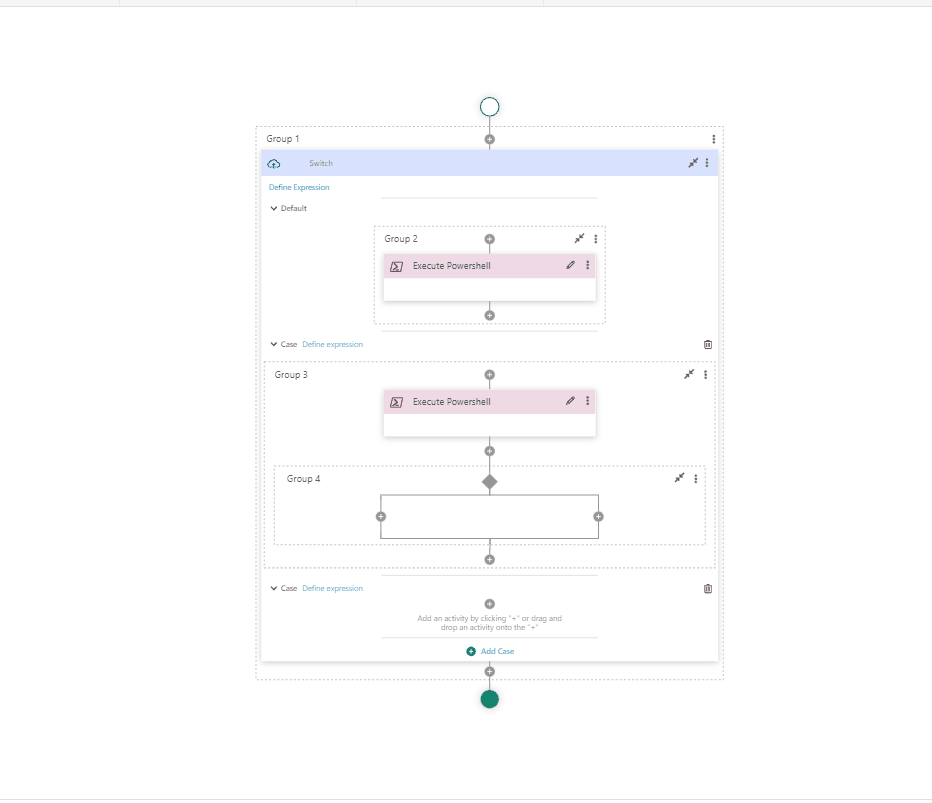We have a parent group containing multiple child groups which have stretch set to horizontal but they do not take up the whole width of the parent.
this placeholder is in the parent’s template.
$(
go.Panel,
'Horizontal',
{ stretch: go.GraphObject.Horizontal, alignment: go.Spot.Center },
$(go.Placeholder, {
padding: 0,
alignment: go.Spot.TopCenter,
minSize: new go.Size(430, 0),
stretch: go.GraphObject.Horizontal
})
),
you can see the child groups highlighted in red.
I want the second inner group to take up the whole available area but can’t achieve this without explicitly changing the width on model change which obviously isn’t the right way to achieve this.
the child group’s template starts like →
$(
go.Group,
'Auto',
{
background: 'transparent',
ungroupable: true,
movable: false,
computesBoundsAfterDrag: true,
deletable: false,
selectionAdorned: false,
selectable: true,
// when the selection is dropped into a Group, add the selected Parts into that Group;
// if it fails, cancel the tool, rolling back any changes
// Groups containing Nodes lay out their members vertically
layout: $(go.TreeLayout, {
angle: 90,
layerSpacing: 10
})
},
$(go.Shape, 'Rectangle', { fill: null, stroke: 'none', strokeWidth: 0 }),
$(
go.Panel,
'Vertical',
{ minSize: new go.Size(430, 0), stretch: go.GraphObject.Horizontal },

